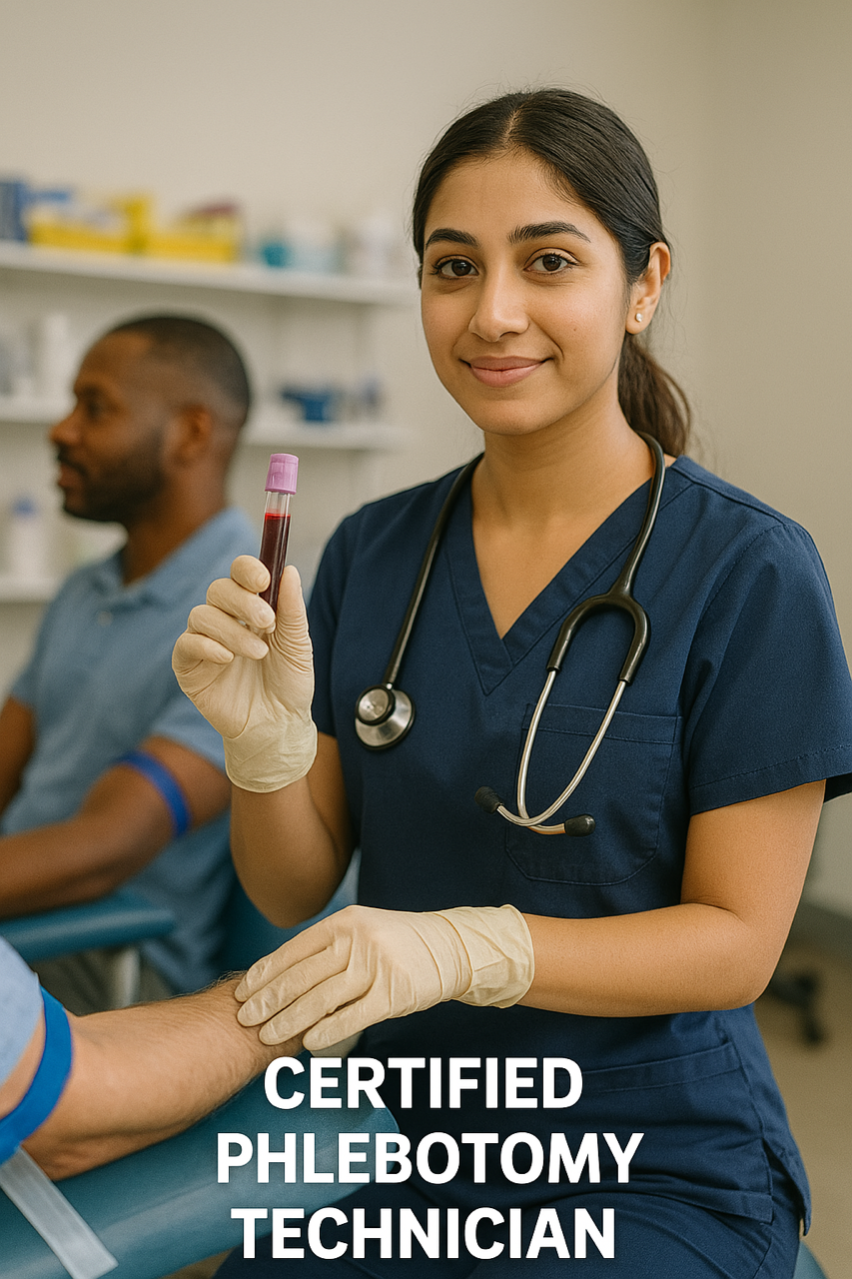DTI 201 – History of Phlebotomy and Phlebotomy Today
Introduction
Phlebotomy has a long and fascinating history that stretches back thousands of years. From early rituals performed by ancient healers to structured procedures in today’s clinical laboratories, the journey of phlebotomy reflects the evolution of science, ethics, and professionalism in healthcare. In this course, we will explore how phlebotomy developed across different time periods, examining how cultural beliefs, scientific advancements, and regulatory standards have shaped modern blood collection practices. By understanding the past, students gain a deeper appreciation for the role of the phlebotomist and the importance of safe, ethical care in today’s healthcare environment.
Here are the course sections listed for DTI 201 – History of Phlebotomy and Phlebotomy Today, based on the structured lesson plan:
Course Sections
-
Ancient Origins and Early Practices
-
Etymology of “Phlebotomy”
-
Ancient bloodletting methods (Egypt, Greece, Rome)
-
Tools: leeches, cupping
-
Humoral theory
-
Middle Ages and Renaissance Developments
-
Role of barber-surgeons
-
Use of lancets, scarificators, fleams
-
Influence of Galenic and religious practices
-
18th–19th Century Medical Advancements
-
Shift to scientific method
-
Introduction of antiseptics
-
Phlebotomy as a diagnostic tool
-
20th Century to Present-Day Phlebotomy
-
Emergence of lab medicine
-
Venipuncture techniques and safety systems
-
Expanded clinical roles of phlebotomists
-
Professionalism, Ethics, and Today’s Role
-
Modern standards (OSHA, CLSI, CDC)
-
Informed consent and patient rights
-
Career pathways and certification (NHA CPT)
-
Ethics in modern phlebotomy practice








